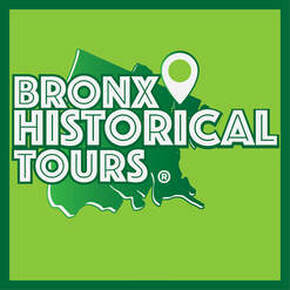
This insight has been the the driving force for Bronx Historical Tours founder, Alexandra Maruri.
Emigrating from Ecuador to the United States in the early ‘70’s to live the American dream, Maruri and her mom settled in the South Bronx and she is proud to call The Bronx home ever since her arrival. Like most residents, Alexandra would embrace her new home, developing an identity as a Bronxite, first and foremost, which would lay the foundation for creating her local tour company, Bronx Historical Tours.
After being downsized from her corporate job some years ago, the young Bronxite took a job in a hotlel. While working there, she would find herself being asked by guests about unique places to visit within New York City. According to Maruri "I would mention my home (The Bronx), and our history, and they would cringe with fear. I knew we had a bad reputation, but not to the level of fearing for their safety."
Feeling passion about the many wonders, historical destinations and quintessential Bronx culture, Maruri encountered one guest that replied, "I would go with you" and that's when a lightbulb went off for the Latina entrepreneur. Up until this time, no one was helping people explore the many wonders of The Bronx and Maruri believed that she could bring awareness and a new sense of enjoyment for locals and visitors alike, to her hometown.
From bus tours of City Island, the "Seaport of the Bronx" , Arthur Avenue Neighborhood Tour in the Belmont Section of the Bronx, better known as Little Italy, or The Bronx Immigrant Experience Tour, which explores the history and influences of the diverse immigrant groups that have called The Bronx home, to Walking Tours of Woodlawn Heights, better known as Little Ireland, Fort Apache or Bronx Churches, Maruri has ardently assembled a collection of captivating tours that have residents and tourists returning time and again to learn about this magnificent borough.
The BHT website is jam packed with artfully crafted local excursions that highlight everything from history, culture, religious, food, drinks and nature, as well as customized Bronx experiences.
This includes a deep dedication to promoting sustainable tourism practices in The Bronx by developing a business model that advances the contribution of the tourism sector to the three pillars of sustainability – economic, social and environmental, while raising awareness of the borough's historic preservation.
Her goal is to forge opportunities for local businesses by bringing tourism to the borough, and building awareness of the historic and cultural points of interest, galleries and houses of worship in The Bronx, while engaging businesses and travelers with information that improve the economy and support local culture. A tall order, but one that Maruri has pledged her commitment.
Loyal to all things Bronx, it is her earliest memories living in The Bronx that have shaped her devotion to the people and businesses of the borough she calls home. As a child, new to America, she and her mom experienced the ultimate act of kindness that is permanently etched in Maruri's mind and heart.
When a fire ravaged the apartment building of her first Bronx home in 1971, she and her mom were among the residents whose lives were saved by the fearless and self-sacrificing efforts of New York firefighters. In fact, after a brave and harrowing rescue, one of these men, Battalion Chief William C. Rinsdale, suffered a massive heart attack, passing away a hero. Maruri still remembers this traumatic event and has become eternally grateful to firefighters and their tireless efforts. So much so, that she includes firehouses in several of her tours as a way to pay homage to the men risk their lives on a daily basis and who saved her, her mom, sister and stepfather that fateful night more than forty years ago.
Her efforts have not gone unnoticed either. BHT has received extensive press coverage, having been featured on a plethora of local and international news sites and publications, including Conde Nast Traveler, El Diario La Prensa, CNN Travel, Bronx Times, Fodor's Travel, Long Island Pulse, Italy Magazine, La Ventana Arte y Cultura (Buenos Aires, Argentina), NY1, The Daily News and my own blog, Travelin' Cousins.
I have had the pleasure of touring with Alexandra Maruri on several occasions, each time having been given a wealth of knowledge about the areas to which we ventured and the personal experience of meeting neighborhood residents and merchants while engaging in each local adventure. My first tour was through Woodlawn Heights, which included an incredible in-depth tour of the neighborhood, world-renown Woodlawn Cemetery and the Bronx River area.
My second excursion was the awesome Bronx Church Tour, last summer. Through rain and thunder, Alexandra escorted me and m;y Travelin' Cousin partner, Tanya, to several of the most cherished Catholic churches in the Bronx, which included Our Lady of Mount Carmel Church and Our Lady of Lourdes Grotto as well as an amazing opportunity to meet one of the oldest and well respected vendors in all of Little Italy, Borgatti's Ravioli & Egg Noodles. (see previous articles Our Lady of Mount Carmel & St. Lucy’s Roman Catholic Church and Woodlawn Cemetery: A Must See National Historical Landmark in The Bronx)
Each tour was a beautiful experience, and it was evident to me that the personal relationship and rapport between Maruri and the local business owners and site managers was one of mutual respect and friendship.
With many tour companies in and around the New York area cashing in lately on tourism opportunities in The Bronx, the merchants, neighborhood leaders and who's who in the travel industry know that Maruri started it all with her vision of bringing tourism to the borough. One of her main objectives for her guests is that they stay in The Bronx during their visit, to get a true feel for the people and culture, as well as to support the small businesses in the neighborhood as they enjoy checking out the local landmarks.
General group tours are limited to a maximum of ten guests in order to make the experience more efficient for guests to enjoy, with prices ranging from $25 to $55 for the general public, and slightly higher for private tours.
For more information, visit Bronx Historical Tours website - www.bronxhistoricaltours.com and see how much you can still experience and learn about The Bronx.
-Travelin' Elisa


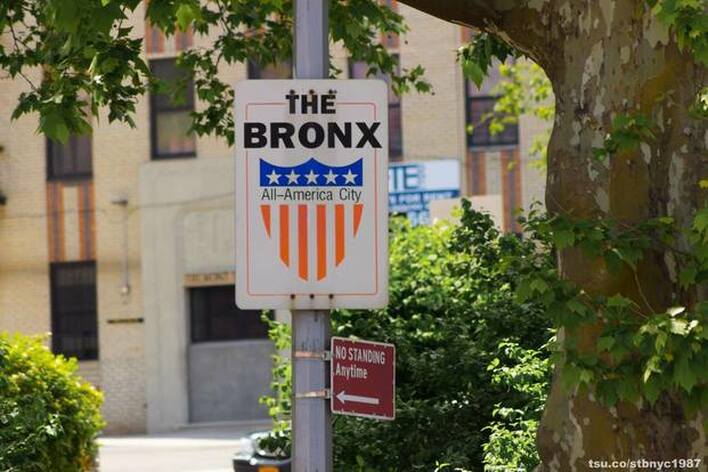
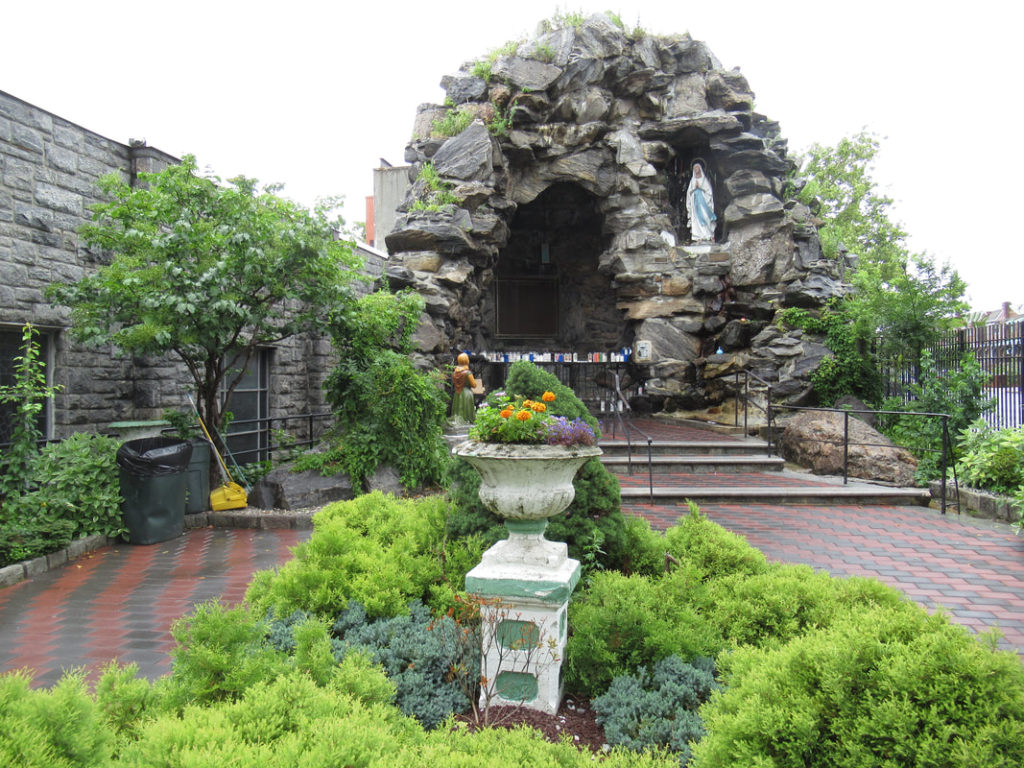

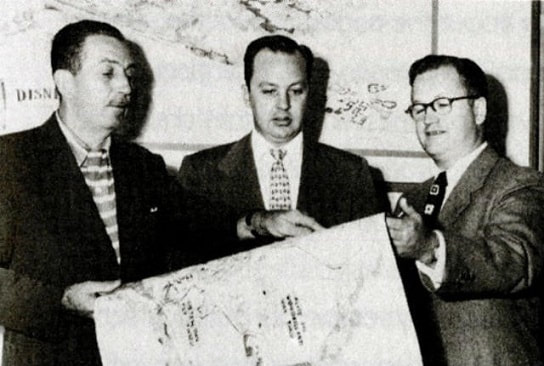
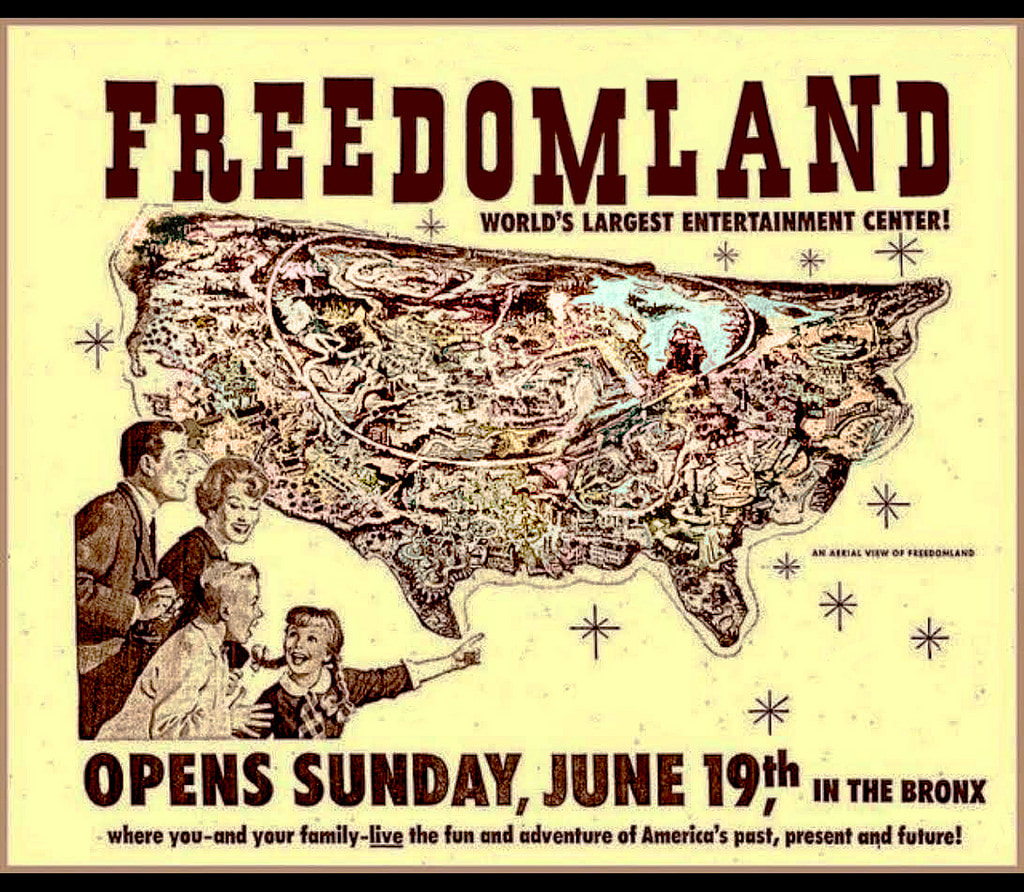
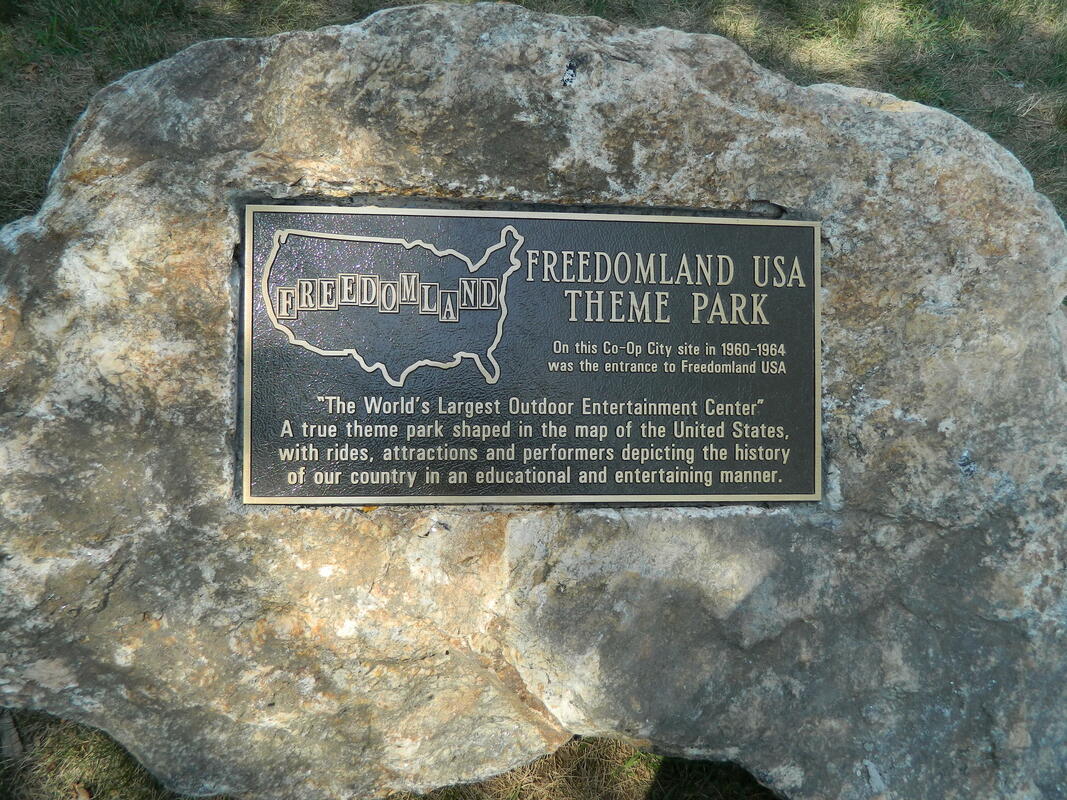
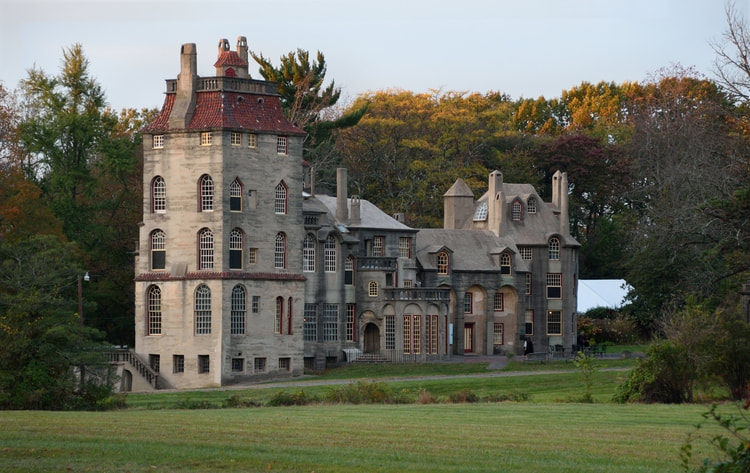
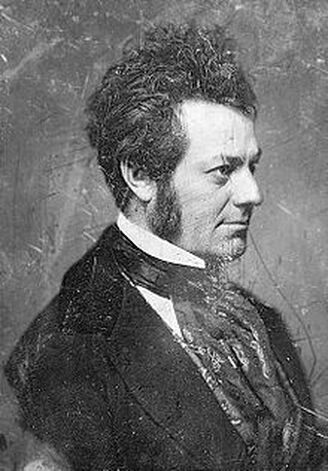
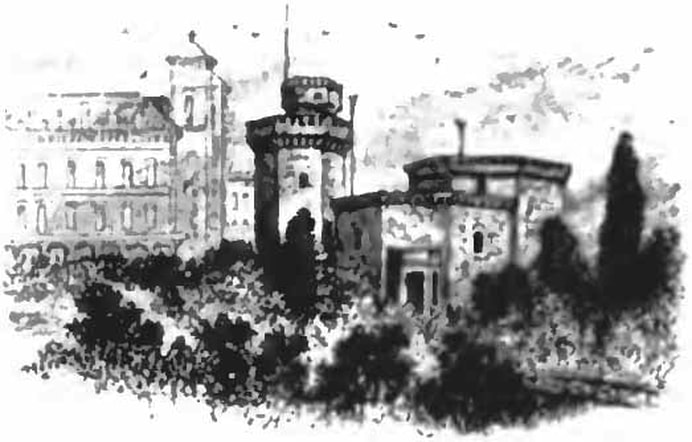
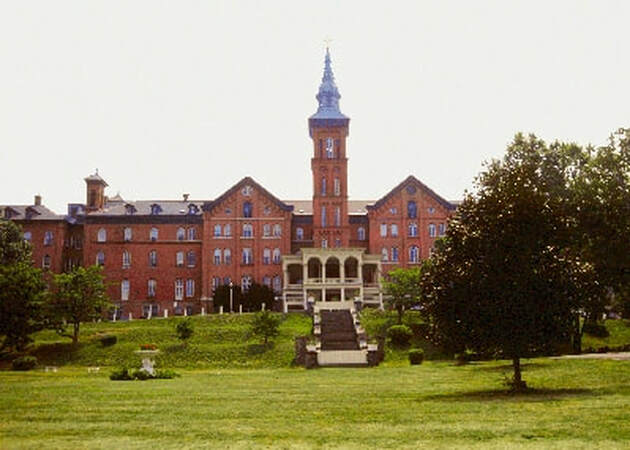
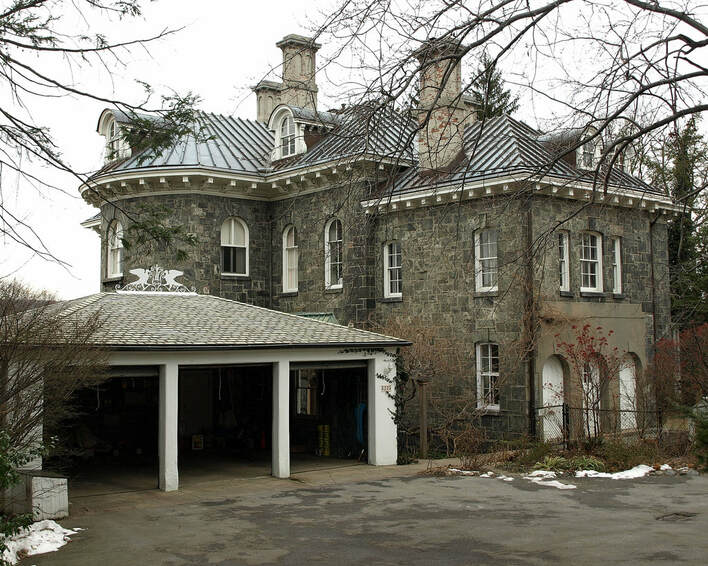
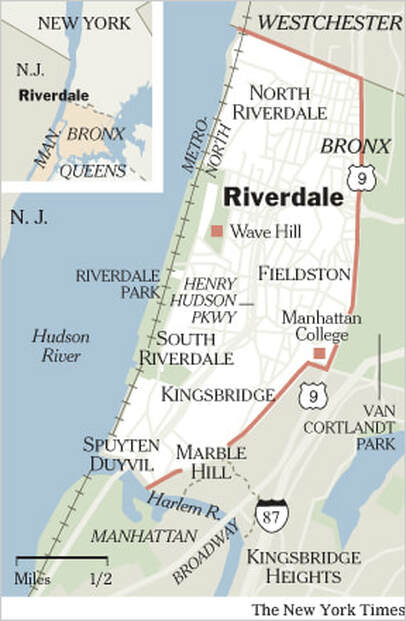
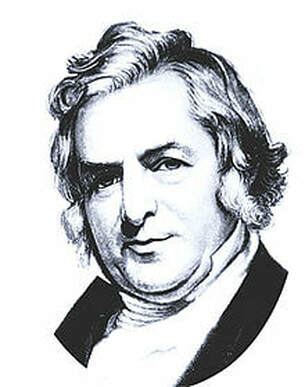


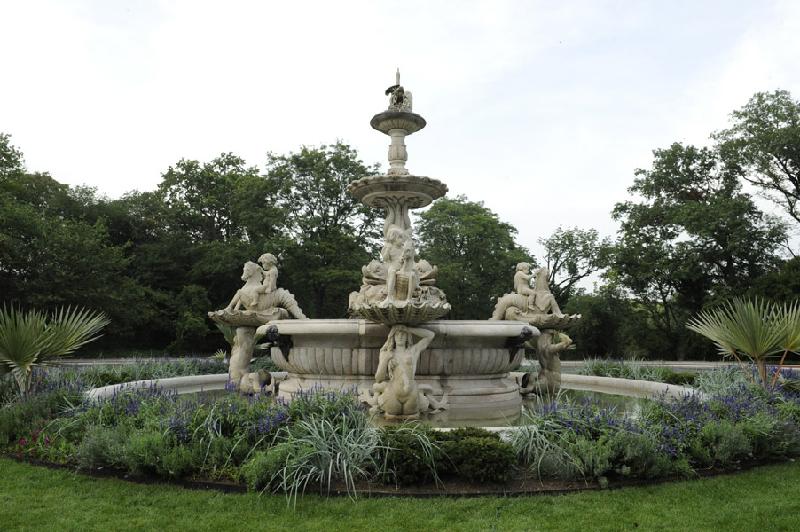
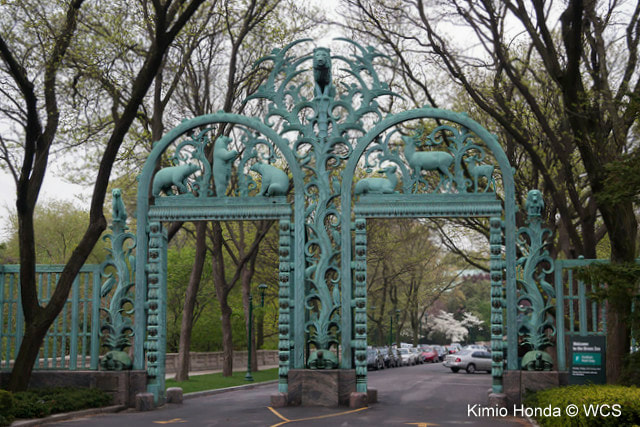
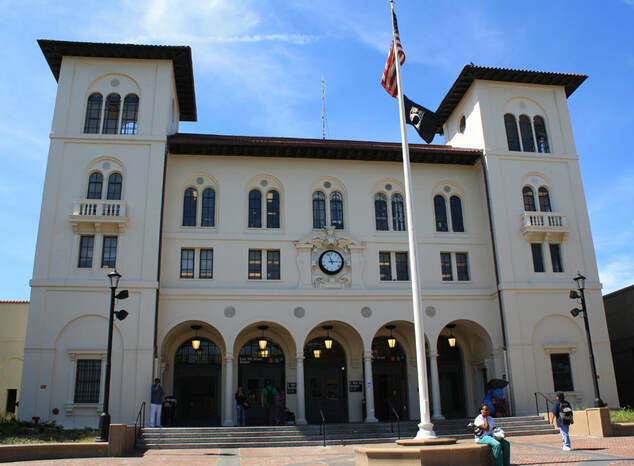
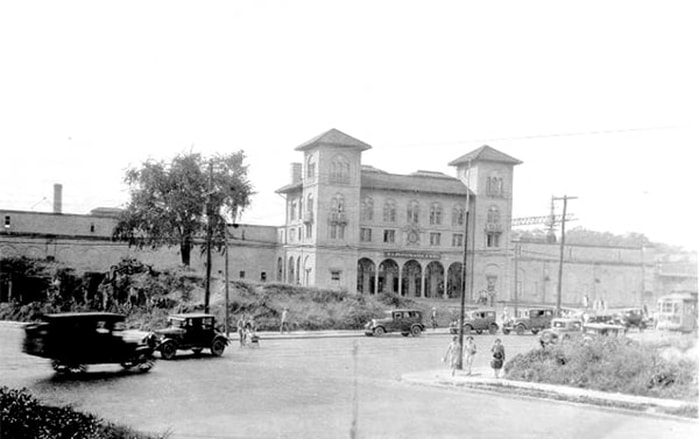
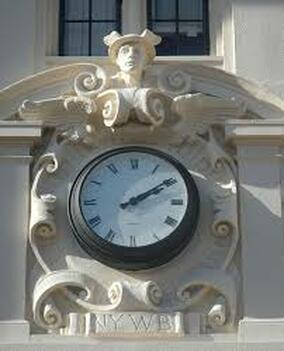
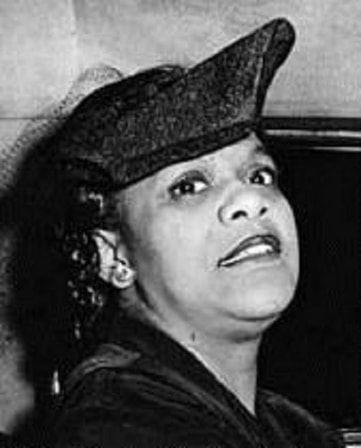
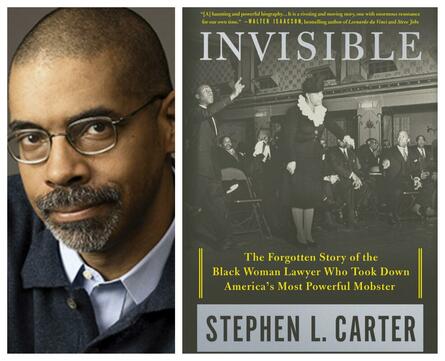
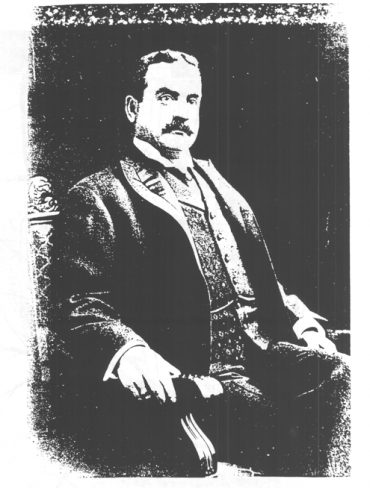
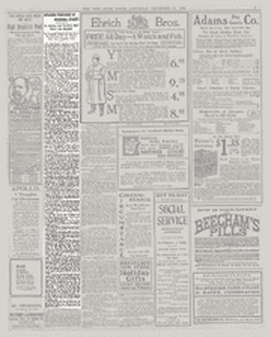
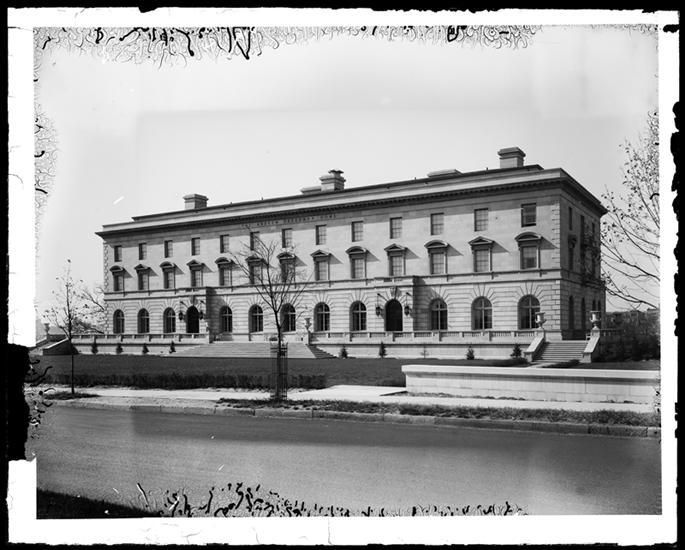
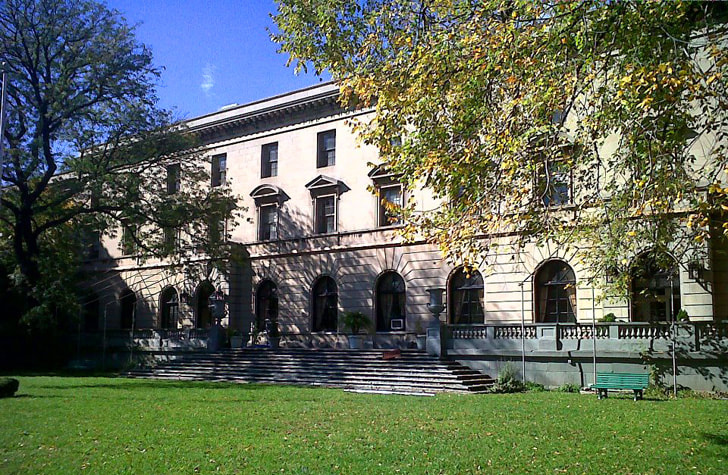

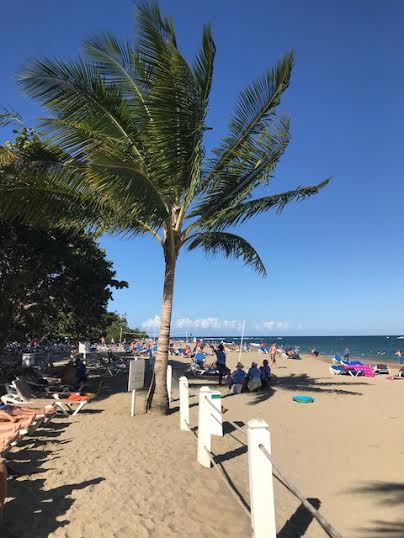
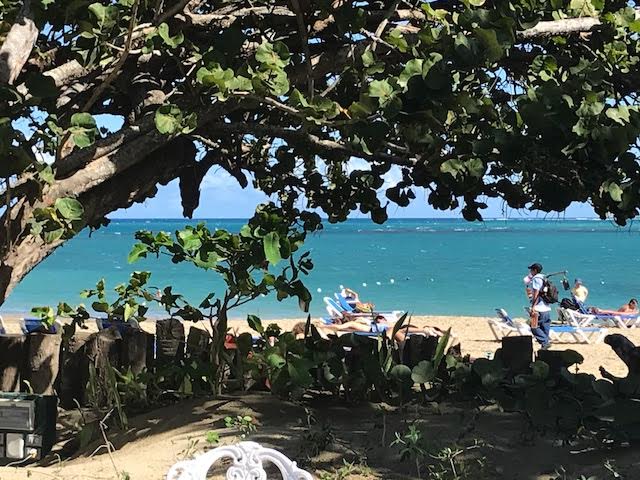
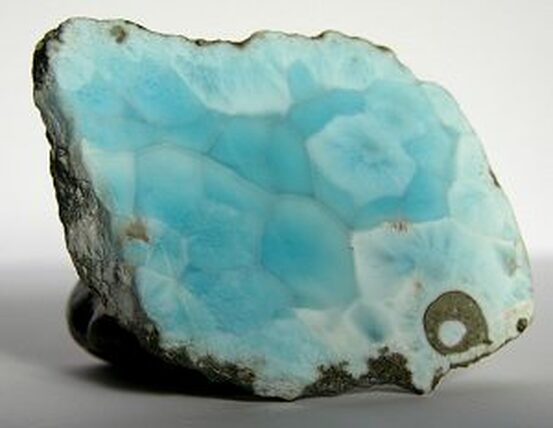
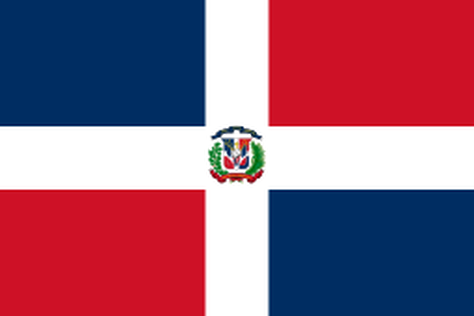

 RSS Feed
RSS Feed